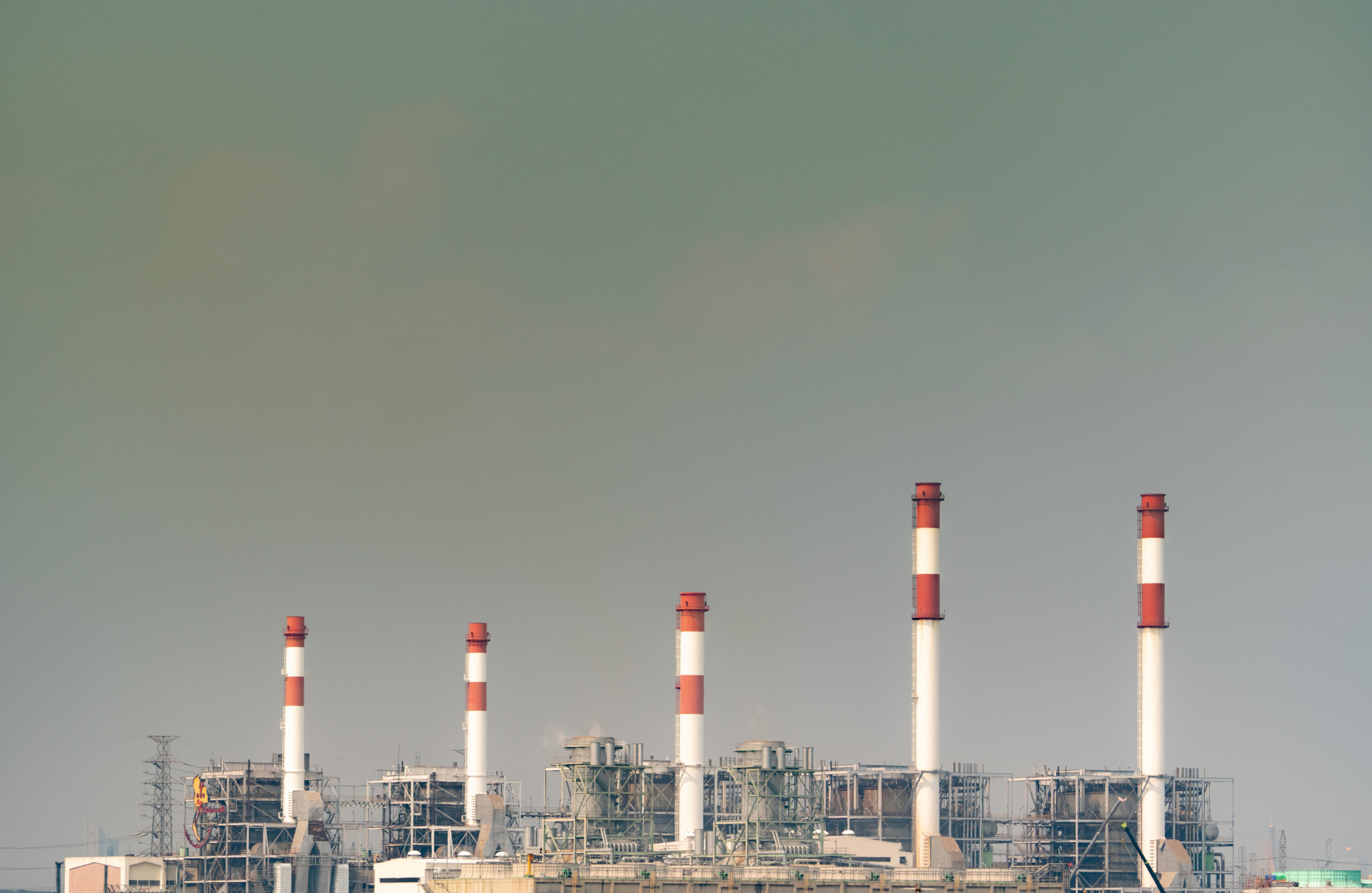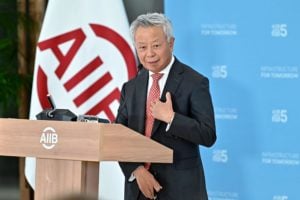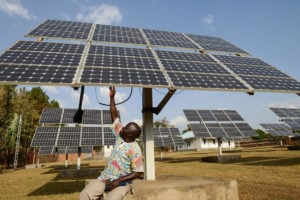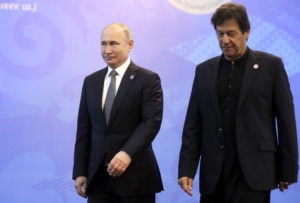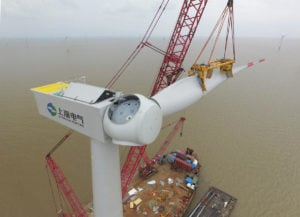At the Asian Infrastructure Investment Bank’s annual meeting last October, President Jin Liqun made a bold statement: the AIIB would align its operations with the goals of the Paris Agreement by 1 July 2023. This commitment followed one the bank made earlier in the year for 50% of its yearly approved financing to be for climate finance by 2025. The AIIB also launched itself as a “green” multilateral development bank (MDB) in early 2016, though has not defined what this means.
Despite the laudable commitments, the AIIB’s portfolio paints a very different picture. For every US$1 the bank invests in renewable energy, it spends almost twice as much on fossil fuels. One of the key blocks to progress is the AIIB’s Energy Sector Strategy. This was already out of date when approved in June 2017: a year and a half after the birth of the Paris Agreement, it failed to rule out fossil fuels, including coal. This matters because the energy sector is responsible for around three-quarters of the world’s greenhouse gas emissions and so holds the key to tackling climate change. The AIIB is also an outlier amongst MDBs, the majority of which have publicised their climate priorities in a climate change action plan, strategy or framework. To date, the AIIB has not responded to calls for it to do the same, giving little substance or accountability for its ambitions and actions to tackle climate change.
After much pressure, and the new looming deadline to align with the Paris Agreement, the AIIB is finally due to revisit its Energy Sector Strategy this year. An initial conversation took place at Board level in December 2021. While no further information is yet publicly available, the review is expected to kick off in the next couple of months. It is vital that the review is comprehensive and steers the AIIB towards a genuinely low-carbon future. Initial signs raise concerns, however, including the relabelling of “review” to “update” and hints from shareholders that the bank aims to conclude the whole process in no more than six months.
One of the reasons for downplaying the significance of the review could be a desire to avoid controversy over a long-awaited exclusion of coal financing in the revised Energy Sector Strategy. President Jin has over the years repeatedly stated that the AIIB will not fund coal power, though this commitment does not appear in the strategy. The AIIB’s peer, the Asian Development Bank (ADB), concluded its Energy Policy review in 2021, and for the first time excludes financing for coal power projects. But this did not happen without resistance. A leaked statement from Australia’s ADB executive director revealed that the country tried to block the coal exclusion, calling the ADB’s draft policy “disappointing”. Australia also plays a key role on the AIIB’s Board: its voting power is more than that of France or Indonesia and the country is typically outspoken on fossil fuel energy.
Shifting to gas
While excluding coal is a bare minimum for Paris alignment, civil society is increasingly concerned MDBs will shift investment, not to clean energy, but to gas. In its 2021 report Net Zero by 2050, the International Energy Agency concluded “there is no need for investments in new fossil fuel supply” – not just coal but also “no new oil and natural gas”. In fact, gas, rather than coal, is the main driver of the global increase in carbon dioxide emissions since 2013. Natural gas emits methane as well as CO2, and the IPCC (Intergovernmental Panel on Climate Change) estimates that the global warming potential of methane is 86 times greater than CO2 in the short term. Moreover, the process of creating liquified natural gas (LNG) is very energy intensive and drives growth in emissions. Gas is often signposted as a “transition fuel”, but the majority of consumption is associated with uses that already have cost-competitive clean alternatives. So rather than facilitating a transition away from fossil fuels, gas has become a block to the shift to renewables.
Gas, rather than coal, is the main driver of the global increase in CO2 emissions since 2013
The European Investment Bank (EIB), at the forefront of Paris-alignment amongst MDBs, is already phasing out support for all fossil fuel energy projects, including gas. Since its inception in 2016, the AIIB has invested over US$2 billion in gas projects, excluding indirect finance, representing almost half of its energy portfolio. This includes financing for the controversial greenfield Bhola gas power plant in Bangladesh, which has caused widespread social and environmental harms.
The AIIB’s European members, jointly holding almost a quarter of shareholder power, second only to China, should be natural allies in the shift away from gas. However, in early February, the European Commission endorsed a controversial proposal to include gas as a transition fuel in the European Union’s new taxonomy, which will classify activities as environmentally sustainable or not. Germany – a significant AIIB shareholder and one of the first European countries to join the bank – was at the forefront arguing the case for gas to be included. The proposal caused uproar, including a mid-January open letter from the Institutional Investors Group on Climate Change, representing almost 400 investors worth €50 trillion, which “strongly opposed … any inclusion of gas within the scope of the Taxonomy”. Allowing a “green card” for gas sees the EU lagging behind China, which excludes gas power from its own taxonomy. From its position, China could have a positive influence on the Energy Sector Strategy.
The UK, another significant AIIB shareholder, while no longer a part of the EU, introduced a new policy on financing overseas fossil fuel projects in March last year. This bans support for coal but allows gas under certain circumstances, including that it “does not delay or diminish the transition to renewables”. Put to the test, the policy initially proved weak. Just a few months after it came into effect, the AIIB approved a 1.5GW greenfield gas power plant in Uzbekistan without formal UK opposition. Next up was the controversial 1.4GW Hin Kong gas power plant in Thailand. Resisted by local and international groups, it was dropped from the ADB’s pipeline last autumn, only to be replaced by the AIIB. This should have been a clear cut project for the UK to vote no to, since the assessment of alternative options for Hin Kong lacked any substantial analysis of renewables. However, the project was dropped by the AIIB in early February, before it got to Board approval, and it is unclear whether it was due to pressure from shareholders, civil society, or both.
The UK is also the leader of a new initiative, launched at the UN climate conference in Glasgow last November. “The Statement on International Public Support for the Clean Energy Transition” sees 39 countries and institutions committing to end direct international public finance for unabated coal, oil and gas by the end of 2022. This includes Germany as well as other AIIB members, together representing 22% of the AIIB’s voting power, a percentage that is likely to rise as more countries join the initiative. All the more reason for shareholders to ensure the revised Energy Sector Strategy does not contradict this clear commitment to phasing out gas in the very near future.
While the AIIB itself has so far not joined that initiative, it is a member of the MDB Working Group on Paris Alignment set up in 2018. But so far the AIIB has had little to show for itself. While the AIIB’s 2023 target for Paris alignment is promising, questions remain about how the bank will achieve it. It has so far failed to outline a clear roadmap to alignment, nor said how it will develop the methodology. This stands in contrast to the European Bank for Reconstruction and Development (EBRD), which is currently consulting widely on its own Paris-alignment methodology to ensure it is robust and accountable. The AIIB would be wise to do the same – not least as it prides itself on learning from other MDBs as it evolves.
